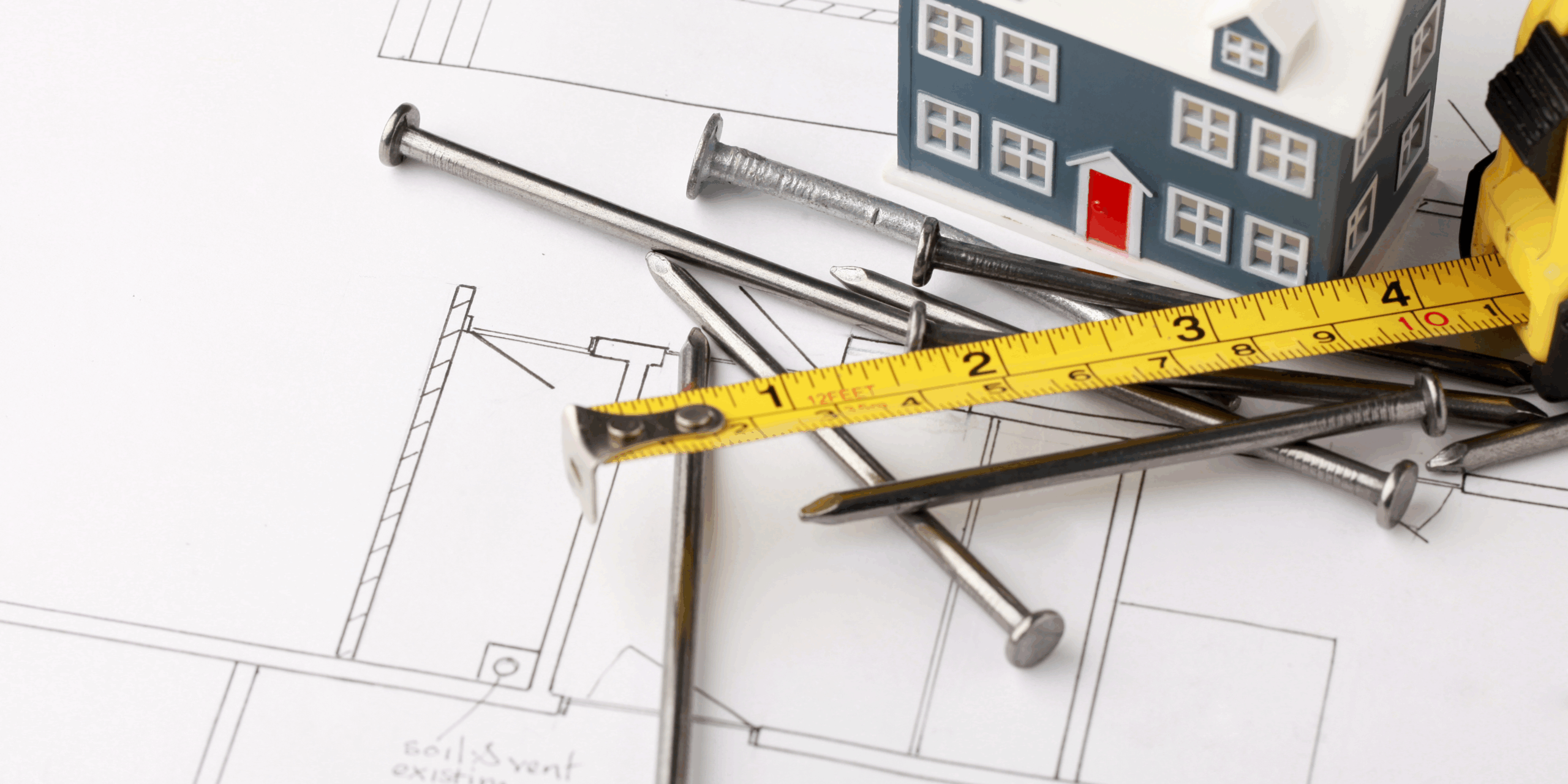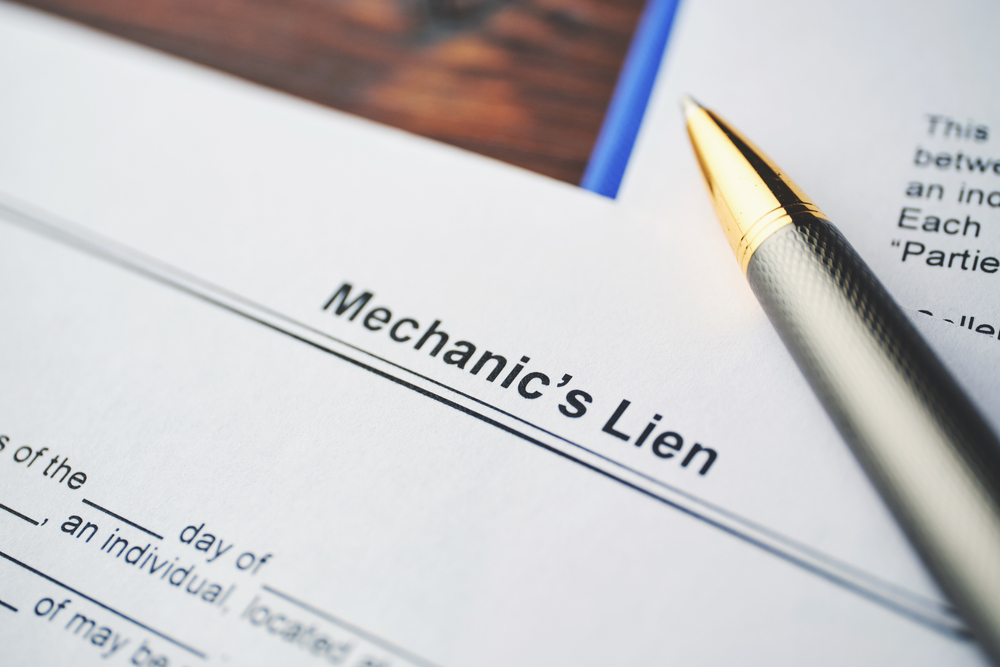

When working as a contractor, subcontractor, or supplier in Alabama, securing payment for your labor or materials can be a concern. A mechanic’s and materialman’s lien is a powerful tool that can help ensure you get paid for your work or materials by placing a legal claim against the property you improved.
However, to enforce a lien in Alabama, you must follow specific steps meticulously. In this blog, we’ll guide you through the process to help you secure a valid lien in Alabama.

Before you begin the process, it’s crucial to know whether you qualify to file a mechanic’s or materialman’s lien in Alabama. The state allows a variety of parties to file liens, including:
If you fall into one of these categories and have provided labor, materials, or services to a property, you may be eligible to file a lien.
In Alabama, the timing for filing a lien is critical. The deadline to file depends on your role:
If you miss these deadlines, you may lose your right to file a lien, so it’s crucial to keep track of your timeline.
While Alabama does not require a preliminary notice to file a lien, sending one can still be a good practice. A preliminary notice informs the property owner that you are working on the property and preserves your right to file a lien if necessary. It can also encourage timely payment and help resolve disputes early. Alabama is also a state that only allows a lien to the extent that the general contractor is still owed money, so the sooner you send notice of unpaid amounts, the more likely it is that the owner will still owe money to the general contractor.
Material suppliers can also secure a lien for the full amount that they are owed if they send a notice of intent to furnish material to the owner, owners’ lender and general contractor before they supply materials.
To file a lien in Alabama, you must prepare a written lien statement. This document must include specific details to be valid:
Ensure that all information is accurate and complete, as any errors can invalidate your lien.

Once the lien statement is prepared, you must file it with the probate court in the county where the property is located. Filing fees may vary by county, so check with the local probate court for specific requirements.
When filing, you’ll need to:
After filing, you must serve a copy of the lien on the property owner. Alabama law requires that you provide the owner with a copy of the lien within a reasonable time after filing, though it’s best to do this as soon as possible.
You can serve the lien by:
Ensure you keep records of the service for your records, as this step is essential for the lien’s enforceability.
Filing a lien is only the first step; enforcing it is where the real power lies. If the property owner does not pay the amount owed, you may need to initiate a lawsuit to enforce the lien. In Alabama, you have six months from the date you filed the lien to initiate foreclosure proceedings.
The court may order the sale of the property to satisfy the lien if you prevail in the lawsuit. It’s advisable to work with an attorney during this process, as lien enforcement can be complex and legally challenging.
If you receive payment for the amount owed, you must release the lien. In Alabama, you should file a lien release with the probate court where the original lien was filed. This step is essential for clearing the property title and ensuring that you are not held liable for wrongful lien claims.
Securing a mechanic’s and materialman’s lien in Alabama involves several critical steps, from understanding your eligibility to enforcing the lien in court if necessary. By following this guide and adhering to Alabama’s specific requirements and deadlines, you can protect your right to payment and strengthen your position in the event of a dispute. Always consider seeking legal advice to navigate the process smoothly and ensure compliance with all legal requirements.
Want to know more? Listen to our podcast episode.
Karalynn Cromeens is the Owner and Managing Partner of The Cromeens Law Firm, PLLC, with over 17 years of experience in construction, real estate, and business law. A published author and passionate advocate for contractors, she has dedicated her career to protecting the businesses her clients have built. Karalynn is on a mission to educate subcontractors on their legal rights, which inspired her books Quit Getting Screwed and Quit Getting Stiffed, as well as her podcast and The Subcontractor Institute.

